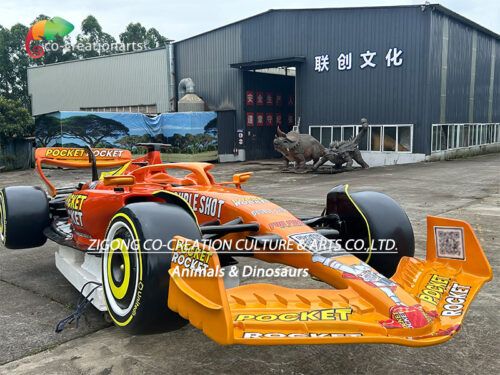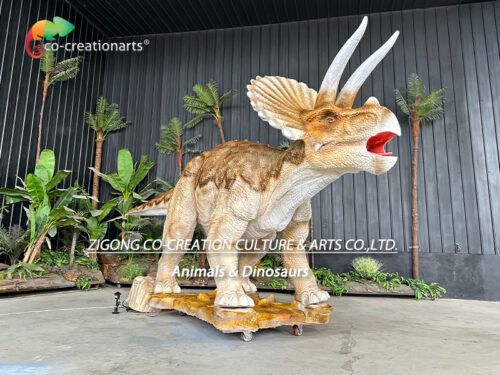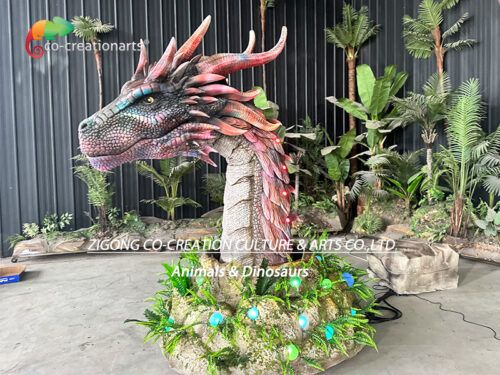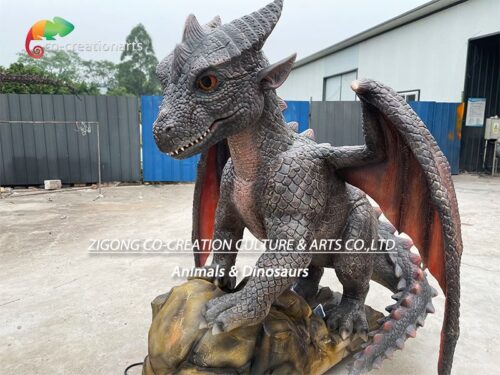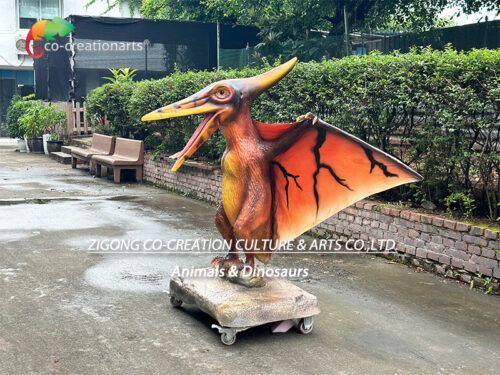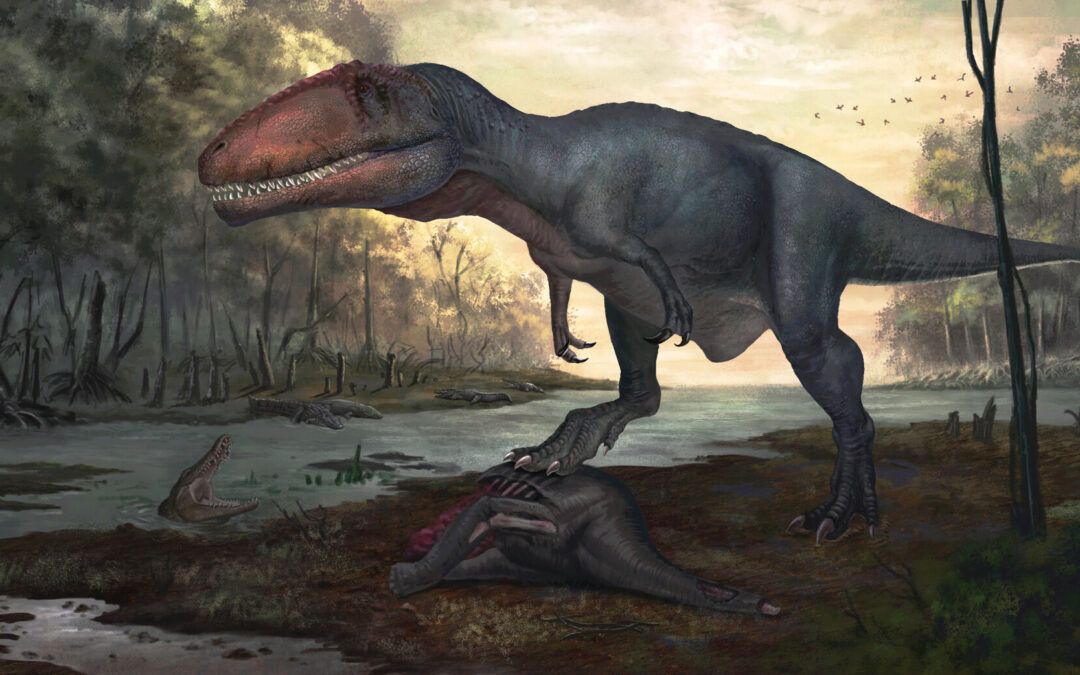
by artfty | Dec 9, 2022 | Paleontological Science
Sharkdon lived from the late Albidans to the early Senorans of the Cretaceous, about 100 million to 93 million years ago.
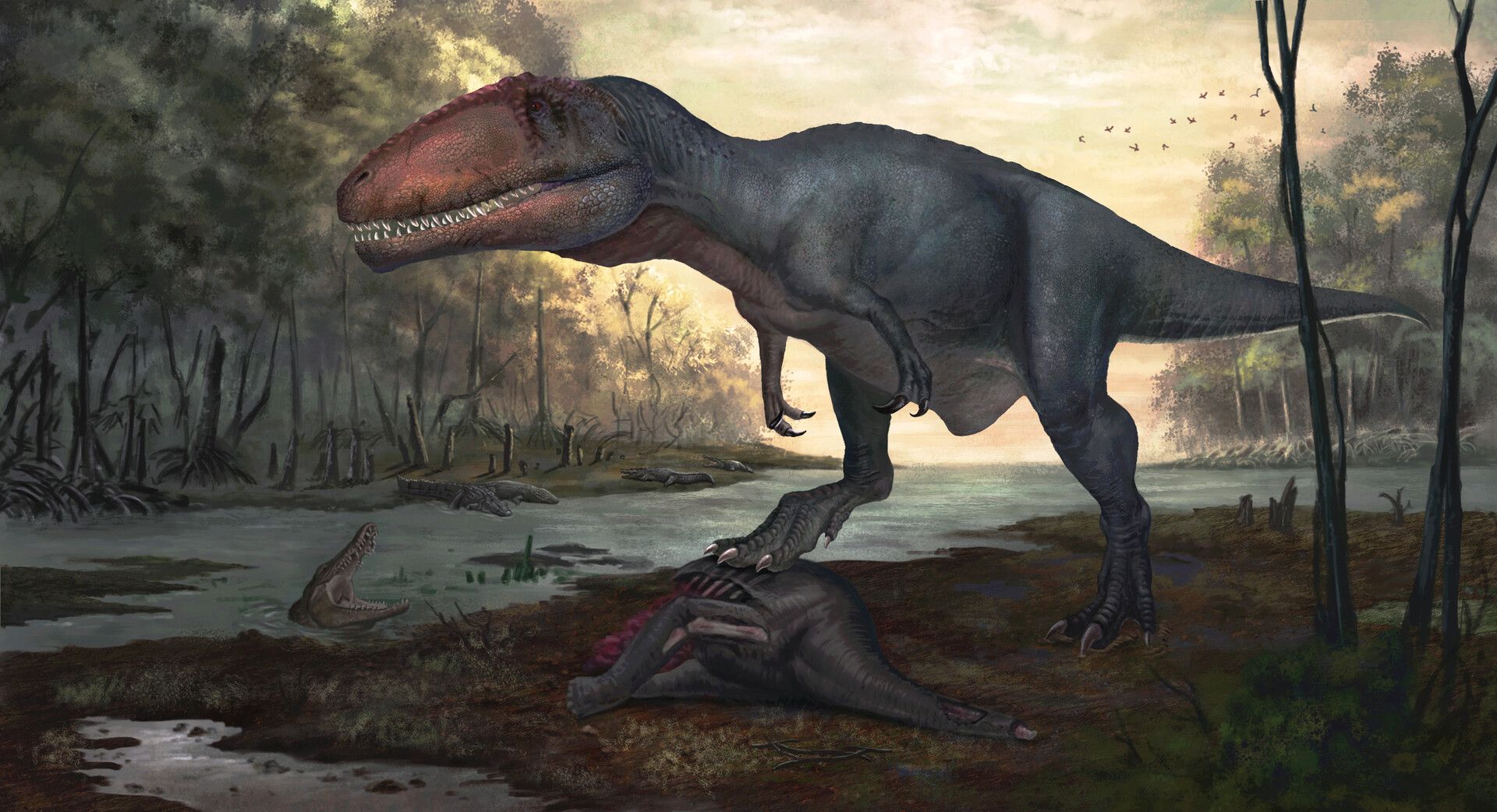
Sharkdon lived at a time when giants, including Spinosaurus 15 meters long, Rupleosaurus 9 meters long, and Sauropod tidal sauropods over 30 meters long, lurked in the water with Emperor crocodiles 12 meters long. Sharkdon probably fed on the giant sauropods of its time.
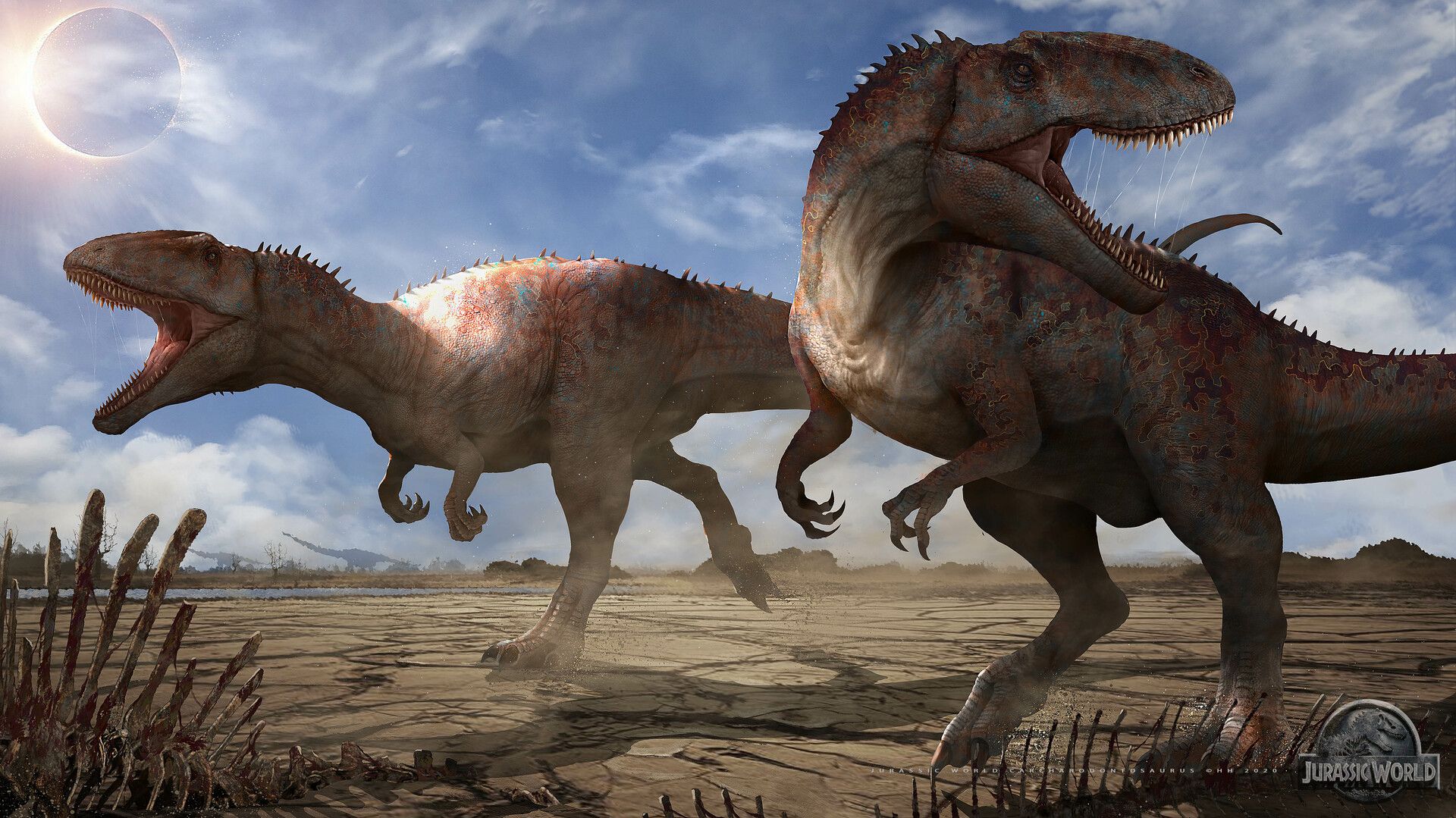
The reason for its name is that it had teeth similar to those of the genus phage, which are not curved, but almost symmetrical on both sides and convex on the leading edge.
Megalodon Ijidi, skull 1.75 meters long ( human to megalodon skull ratio)
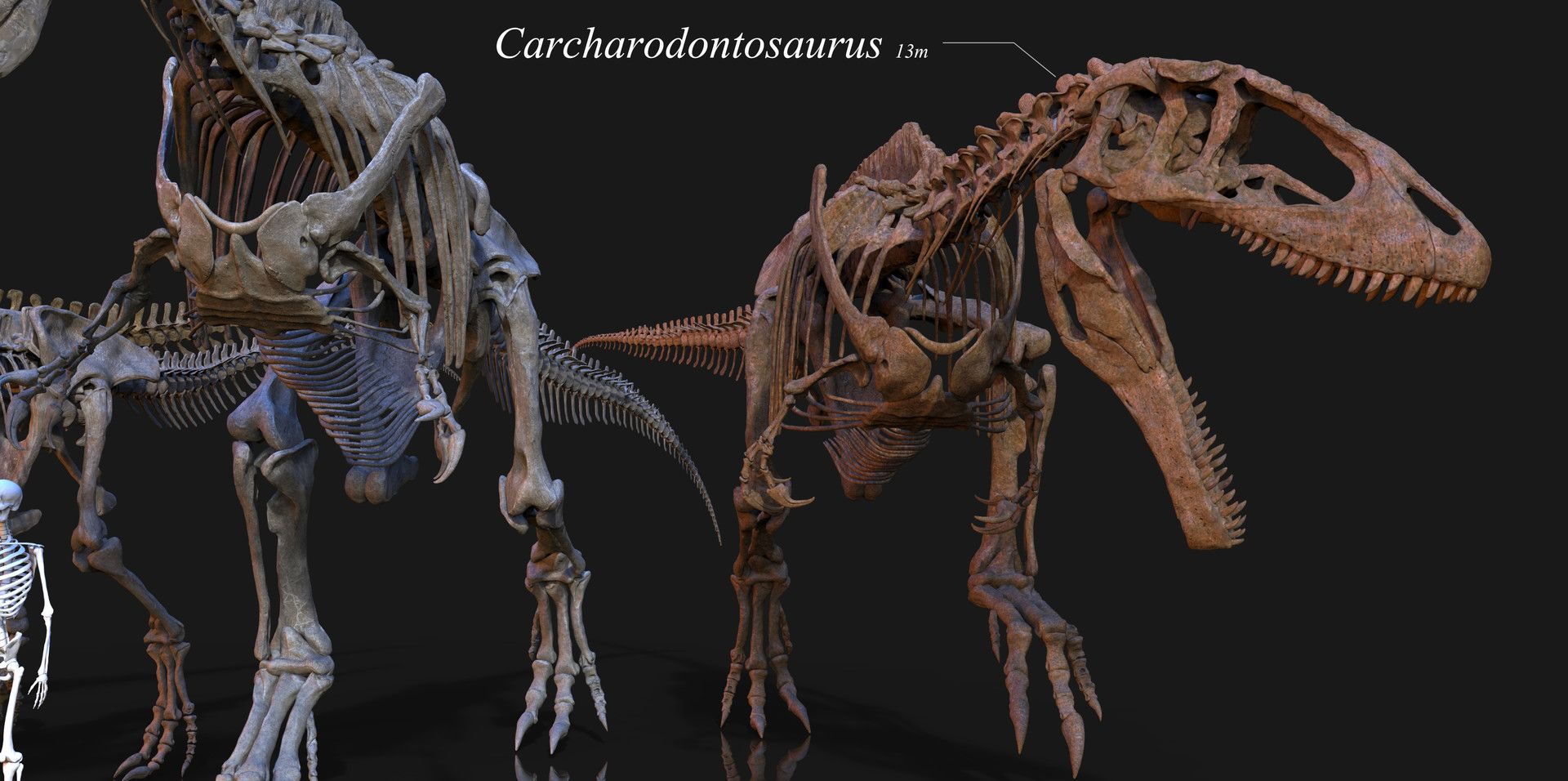
The genus name Carcharo means phage shark, and donto means tooth, the tooth of a phage shark. The teeth of Megalodon were so large that the crown alone could reach more than 5 centimeters, and both sides of the teeth had developed serrations, which were somewhat similar to the modern great white shark, hence the name. The names of both species emphasize where they were found.
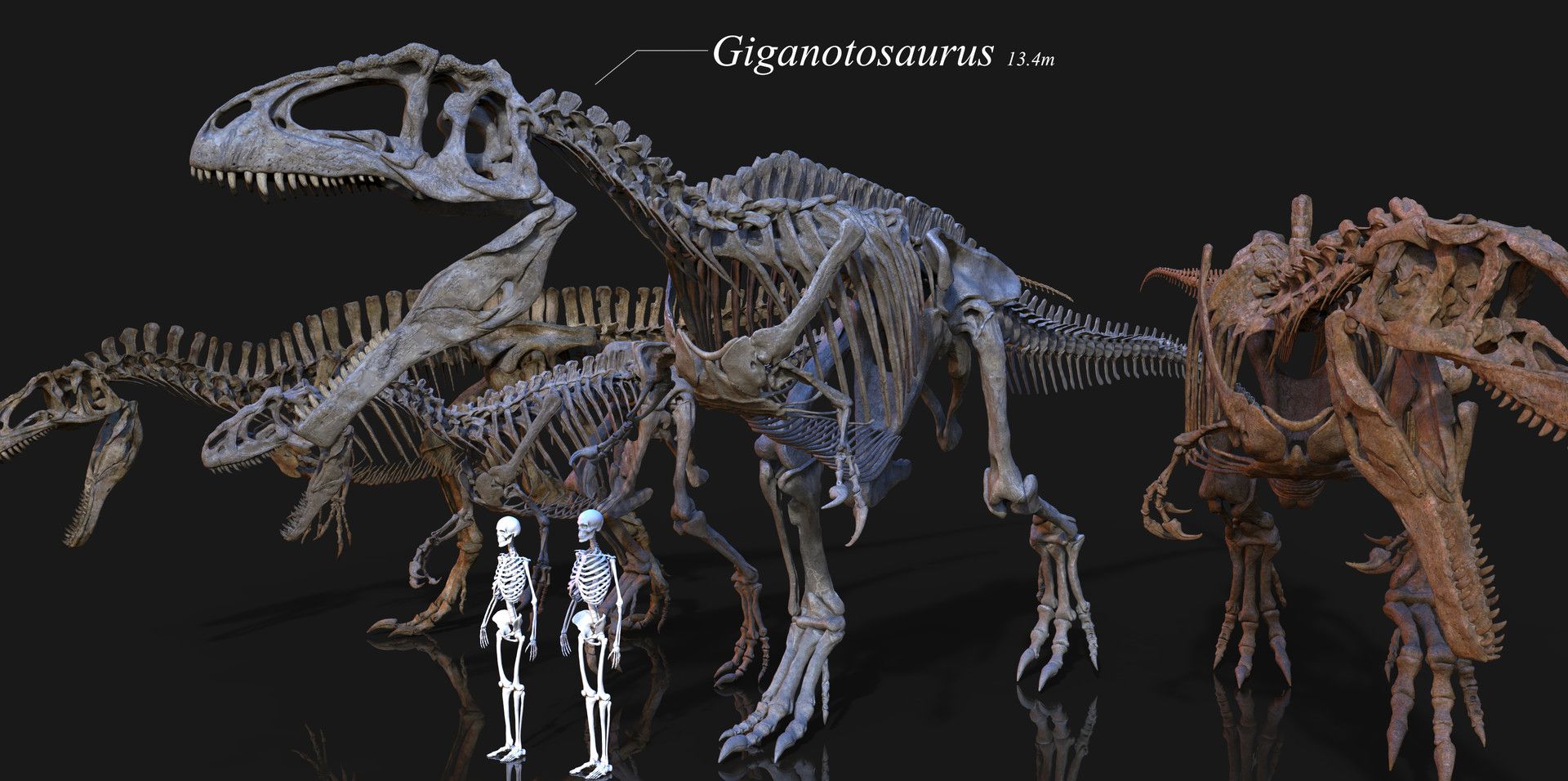
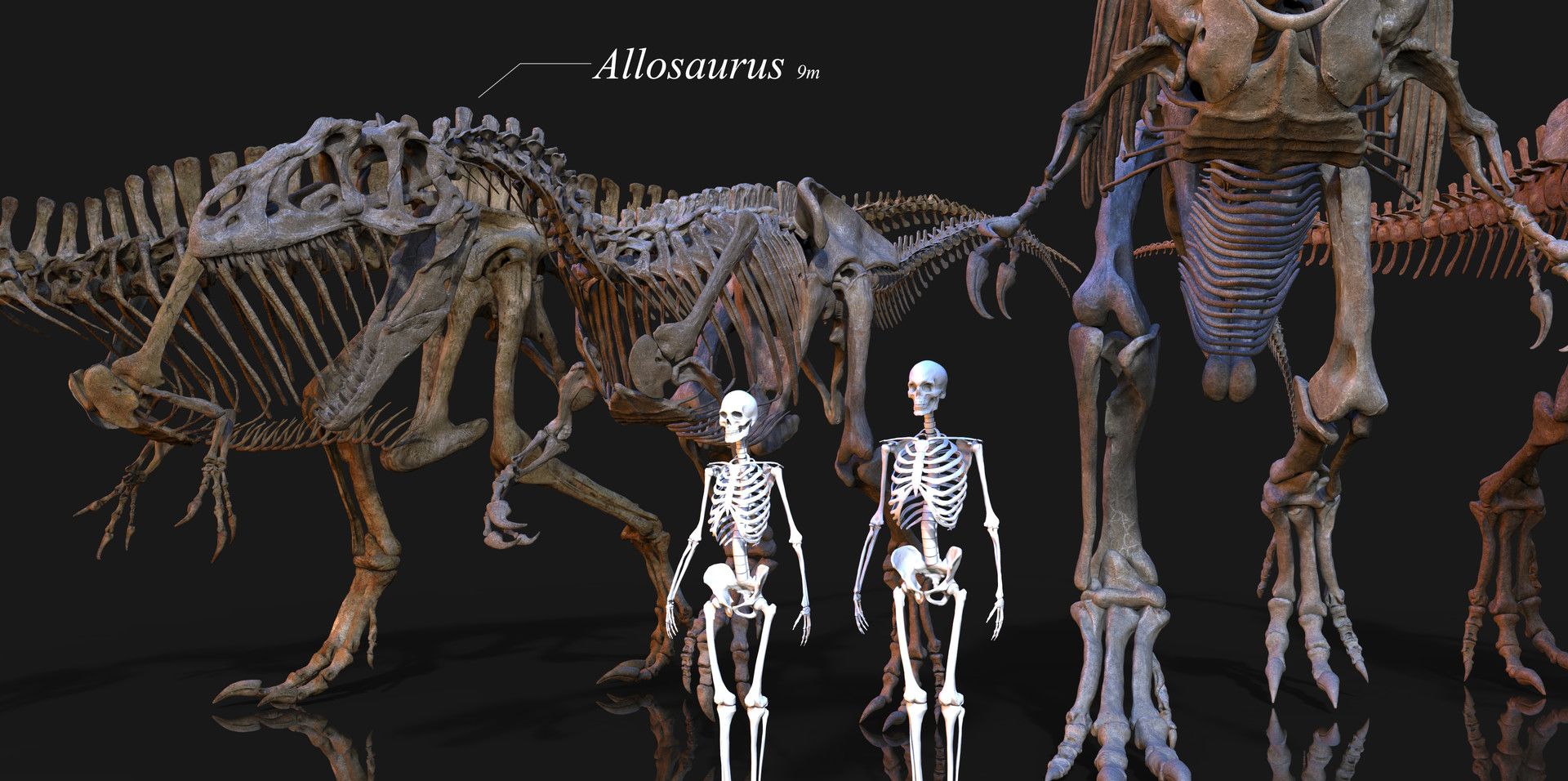 Sharkdon was featured in the documentary Resurrection of the Ancient Giants, but was killed by a Spinosaurus shortly after its appearance. It also makes an appearance in Planet of Dinosaurs. In the film, Shardonosaurus feeds on the tidal sauropods and the Dauntless sauropods, competing with the Emperor and Spinosaurus for prey. The film also shows two sharks fighting over territory. Given the latest developments, however, some of the plot is questionable, such as the fact that Spinosaurus was a semi-aquatic theropod, which was highly specialized in habitat and diet and therefore unlikely to have clashed with Sharkdon over food resources
Sharkdon was featured in the documentary Resurrection of the Ancient Giants, but was killed by a Spinosaurus shortly after its appearance. It also makes an appearance in Planet of Dinosaurs. In the film, Shardonosaurus feeds on the tidal sauropods and the Dauntless sauropods, competing with the Emperor and Spinosaurus for prey. The film also shows two sharks fighting over territory. Given the latest developments, however, some of the plot is questionable, such as the fact that Spinosaurus was a semi-aquatic theropod, which was highly specialized in habitat and diet and therefore unlikely to have clashed with Sharkdon over food resources
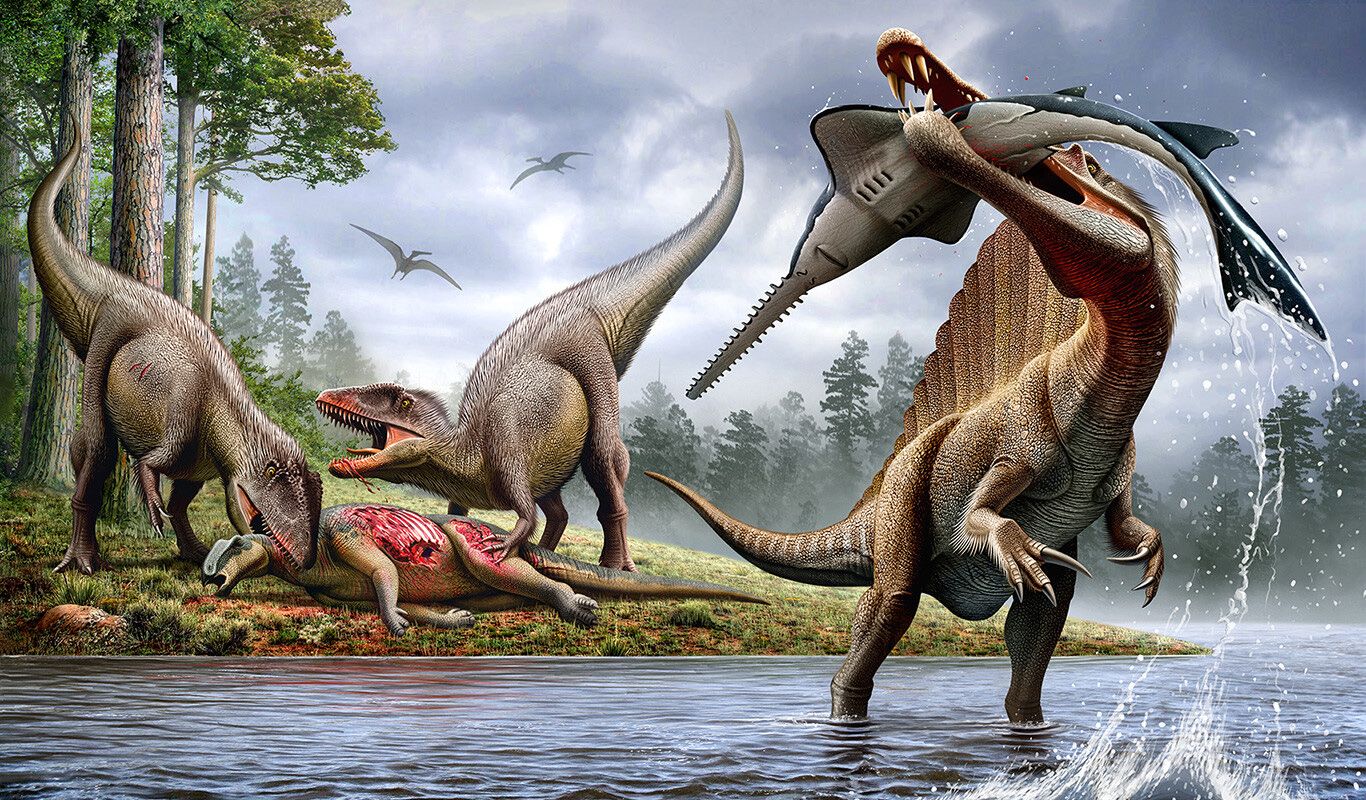
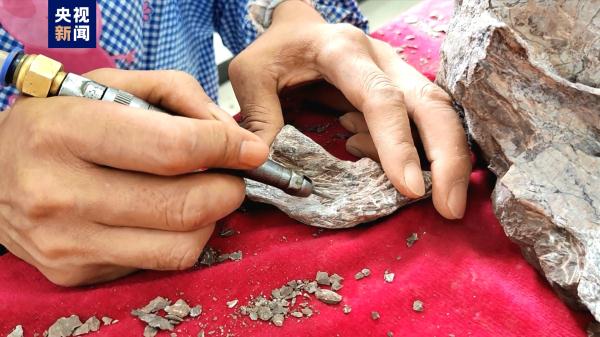
by artfty | Dec 8, 2022 | Paleontological Science
In 2021, a dinosaur fossil from the late Jurassic period was discovered in Dongxing City, Guangxi Province, and the restoration work of the dinosaur fossil is moving forward in a strong and orderly way.
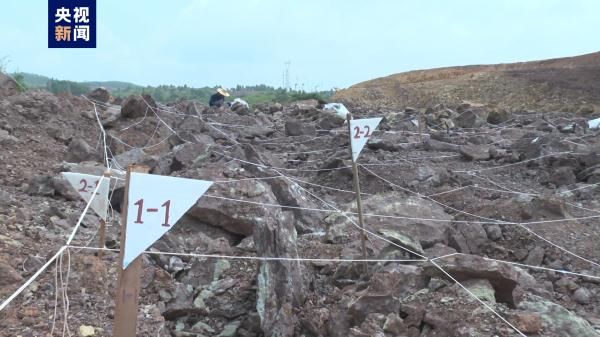
It is understood that 40% of the dinosaur fossils have been basically restored. After the restoration, the fossils will go through multiple processes, including restoration of missing parts, mold making and turning, framing and color restoration, to ensure the accurate presentation of the original shape and structure of the dinosaur bones.
Dongxing dinosaur fossil is the most southern coastal dinosaur fossil found so far, which is very important for the study of paleontological evolution, geological changes, paleogeography and paleoclimate and so on.
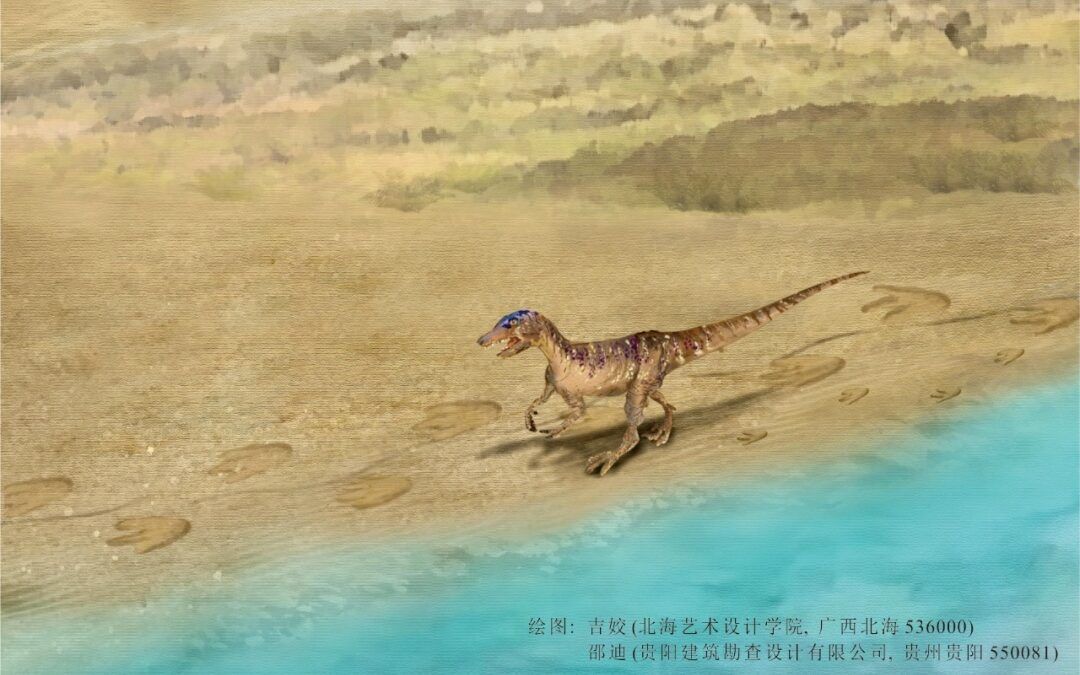
by artfty | Dec 6, 2022 | Paleontological Science
New progress has been made in the study of Mesozoic dinosaur tracks in eastern Tibet, according to the Wuhan Geological Survey Center of the China Geological Survey.
The footprints of the first Jurassic theropod dinosaur in Tibet, discovered in Kaluo District of Changdu City, Tibet, have been officially named as Agnetang Stiphosaurus. The related research results were published in the Earth Science, a famous Chinese geoscience journal.
The first fossil of theropod footprints found in Xizang
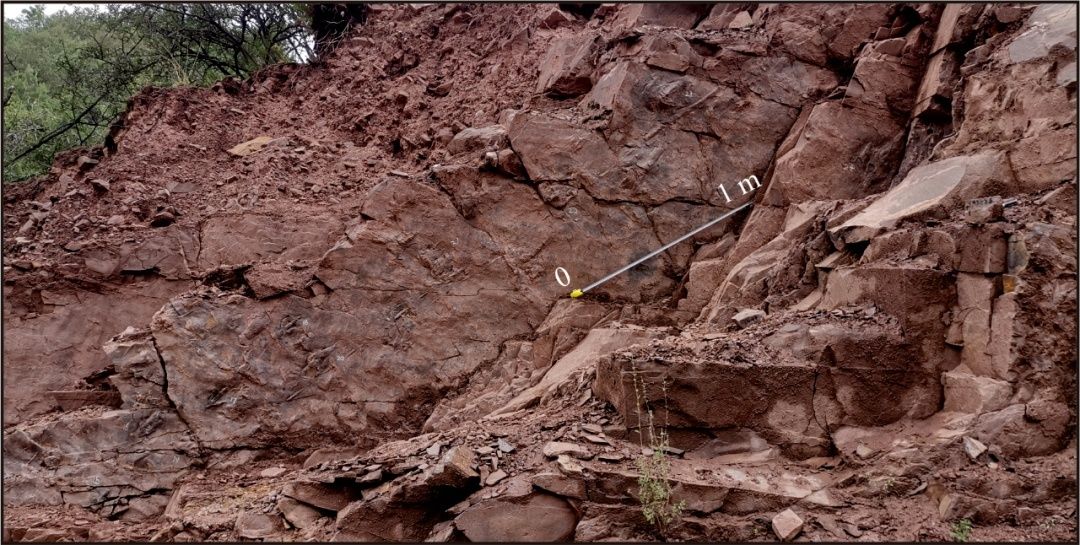
Level exposure of the Anetang fossil point
It is understood that the fossil discovery site is located in Anetang Village, Ritong Township, Karuo District, Qamdo City. It was formed in the middle Jurassic period about 170 million years ago. The fossils are preserved in the bottom of the rock strata with exquisite convex traces, which are partially exposed due to road construction and slope cutting and the collapse of the rock mass in the later period. Under the careful repair of scientific and technical personnel, they can be fully displayed.
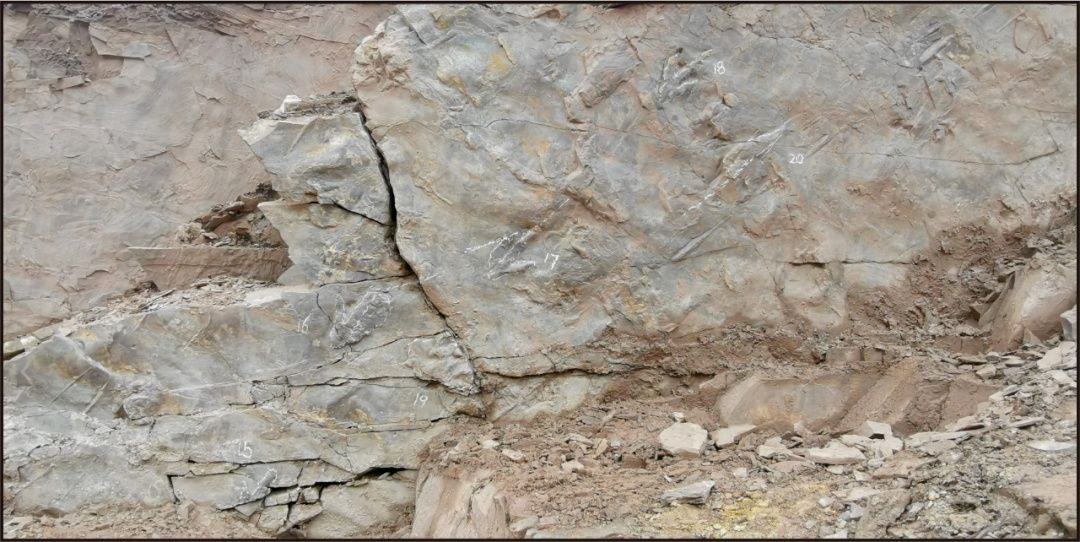
Trace photo of the Anetang fossil site
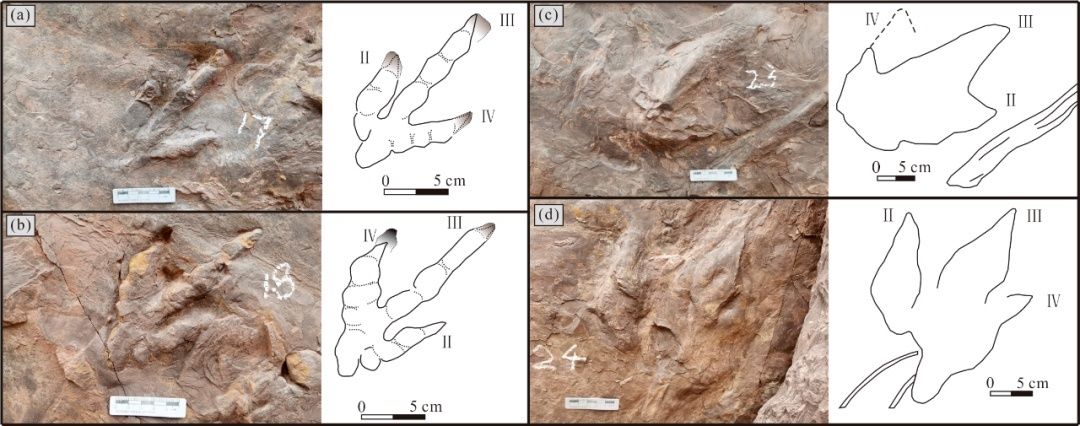
Photographs of fossil footprints (a-b: Agnetang Stiltosaurus; c-d: Theropod footprints of undetermined species)
“The surface area of the fossil outcrop is about 4m2, and the layer is nearly upright. Four continuous tracks of Agnetang Stiotaposaurus formed a row, and no wakes were found. Footprint length is less than 15 cm, width is about 8cm, length to width ratio is 1.85; The three functional toes had clear pads, sharp claws and similar widths, with a width of about 1.7cm. Toe Ⅲ was the longest with a width of about 12cm. The length of the other two toes was about half that of toe Ⅲ, but toe Ⅳ was slightly longer than toe Ⅱ with a very weak value. Ⅱ Obvious indentation at toe end; The Angle between the two lateral toes is about 50°.”
According to the discoverer Yao Huazhou and Dr. Li Yan-gui from Wuhan Geological Survey Center, the thin toes and sharp claw marks of the footprint fossil indicate that the trackmaker is a carnivorous dinosaur. Its morphological characteristics are closer to the typical type of the footprints of the most common stilbosaurus in China. Because it is the first theropod footprint fossil found in Tibet, it has obvious features and is beautifully preserved. It is of great significance to reveal the features of the potential dinosaur fauna in Tibet and the geological changes of the Qinghai-Tibet Plateau, so the fossil was named “Anetang Stilfosaurus” after the site where it was found.
Paleoenvironmental conditions of Middle Jurassic in Qamdo area
It was perfect for dinosaurs
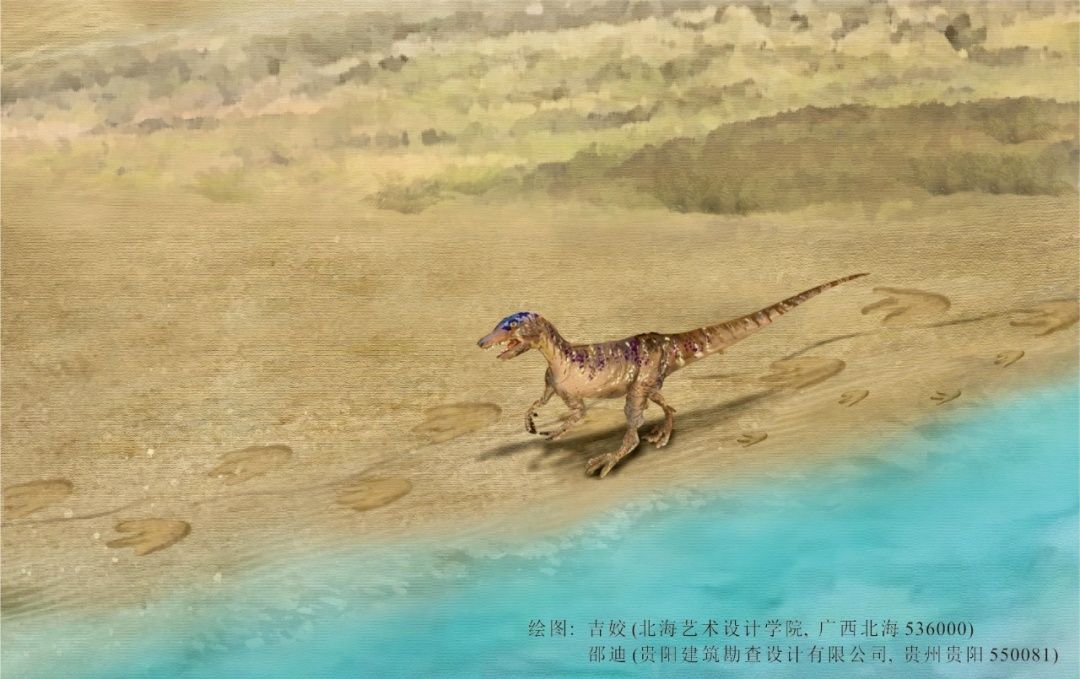
According to Dr. Li Yangui, the footprints of Stilposaurus are the most common small theropod footprints in the Jurassic period, which were found in contemporaneous strata in the adjacent Sichuan Basin and Central Yunnan Basin. The analysis of the footprint data showed that the body length of the trace-making dinosaur was about 1.3m, and the hip height was less than 0.7m. Surprisingly, on the surface of the same rock layer, a series of tracks composed of 9 continuous large theropod footprints (Theropoda igen. et isp.indet., genus undetermined) and clear wakes were retained, and the wakes showed regular ground wave swing between the tracks. In order to maintain the balance of the body, the tails of theropod dinosaurs usually do not touch the ground, and only under special circumstances, such as crouching, jumping, turning rapidly or slowing down, will leave very short trails. If the trails of theropod dinosaurs appear continuously and regularly, they can only be caused by the conscious behavior of the tracer dinosaur or its own body structure. At present, there are no reports on theropod footprints that can be compared with the preserved contrails, which is a new type. The present research results show that the features of dinosaur footprints in the Middle Jurassic in eastern Tibet are different from those in neighboring areas.
According to Yao Huazhou and Li Yangui, Kaluo District of Qamdo was an ocean 200 million years ago, and then it was transformed into an offshore inland basin due to the gradual uplift of the Earth’s crust. About 170 million years ago, the Qamdo area was dotted with many large and small lakes, and there were rivers running through them. The common cross-bedding, ripple marks and mud cracks are the common lacustrine and fluvial sedimentary structures. According to the analysis of the two rows of trace data, the motion speed of the dinosaur was very low and in a state of slow walking, and there is no evidence of tracking or hunting between the two tracers, they may just pass by the same lake shore. Due to the formation and preservation conditions of footprints, each step of the sediment moisture on the lake beach during the tracing process, the residue of footprints, drying and curing, late sediment filling and consolidation diagenesis, and fossilization is very critical. Different footprints are preserved on the same level, and the time interval between the two types of footprints must not be very long. It also reflects that the paleoenvironmental conditions of the Middle Jurassic in Qamdo area were suitable for dinosaurs to survive.
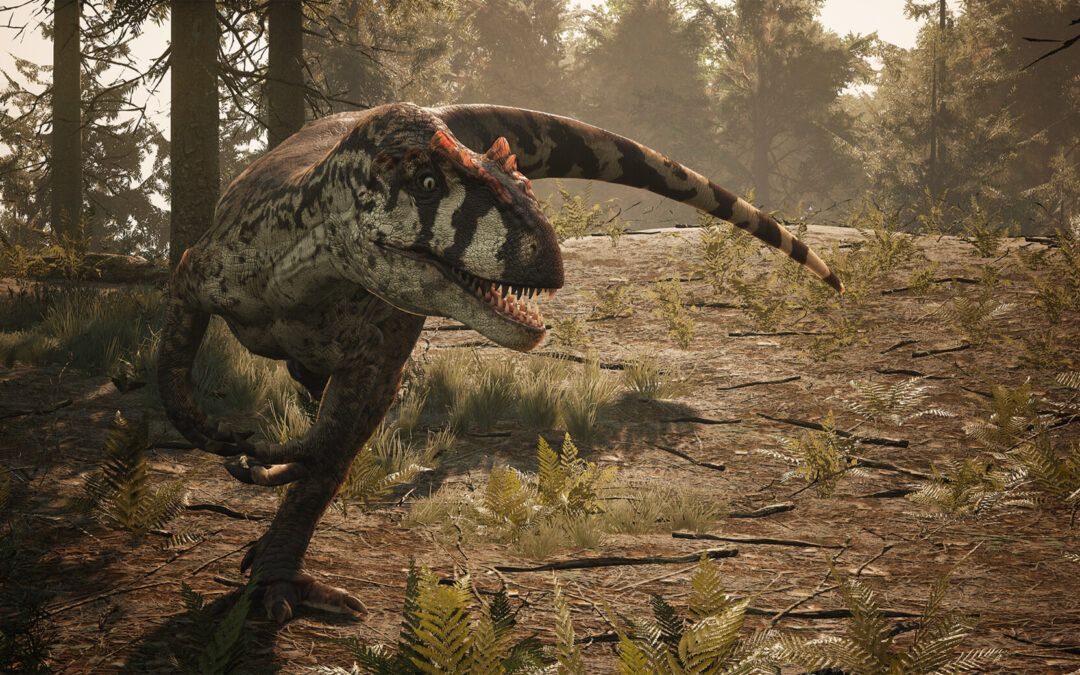
by artfty | Dec 5, 2022 | Paleontological Science
Allosaurus, whose name means “other reptile,” lived in western North America during the Late Jurassic period between 156 million and 145 million years ago. Its remains have been found in Colorado, Utah, Wyoming and Montana.
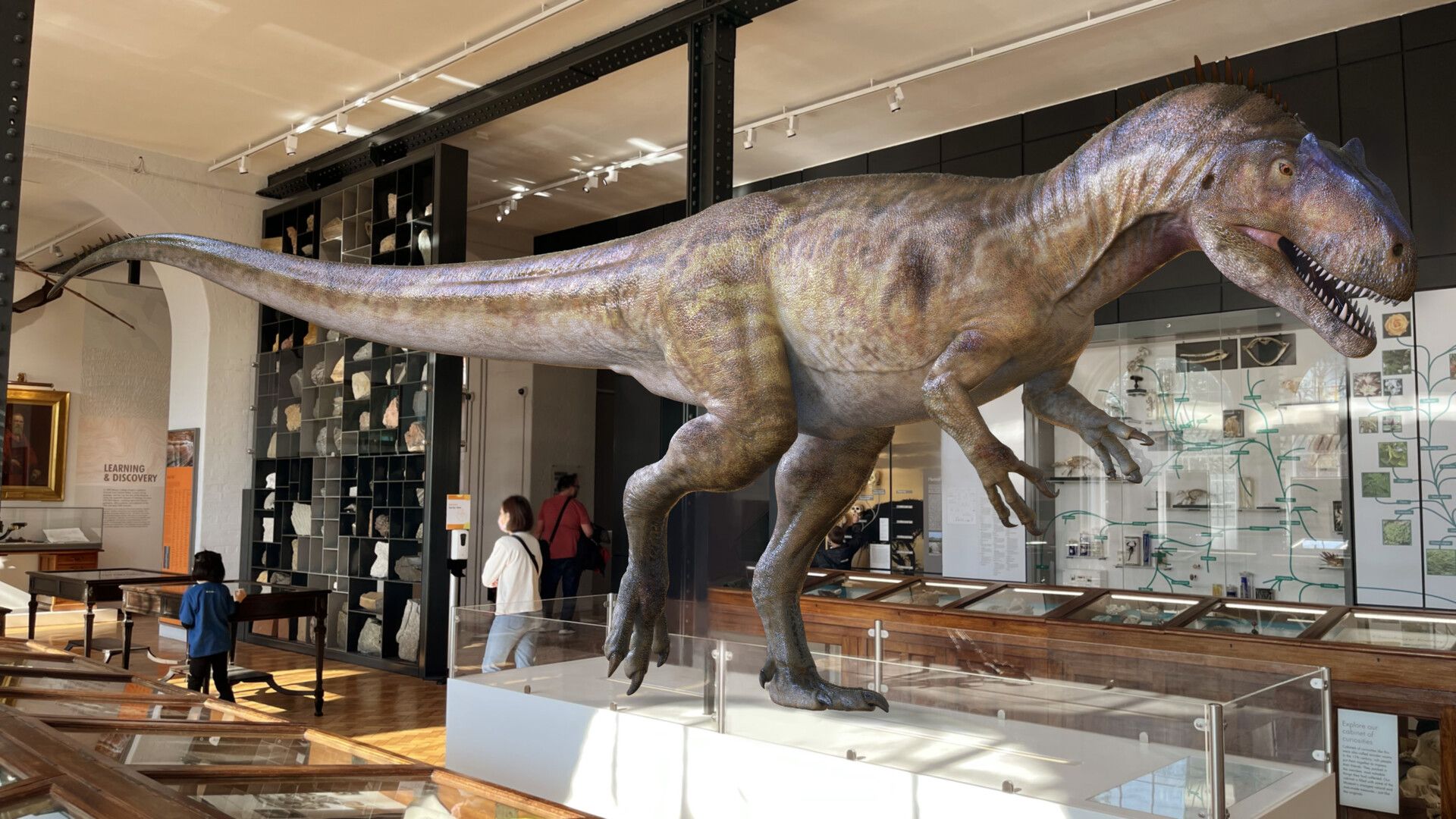
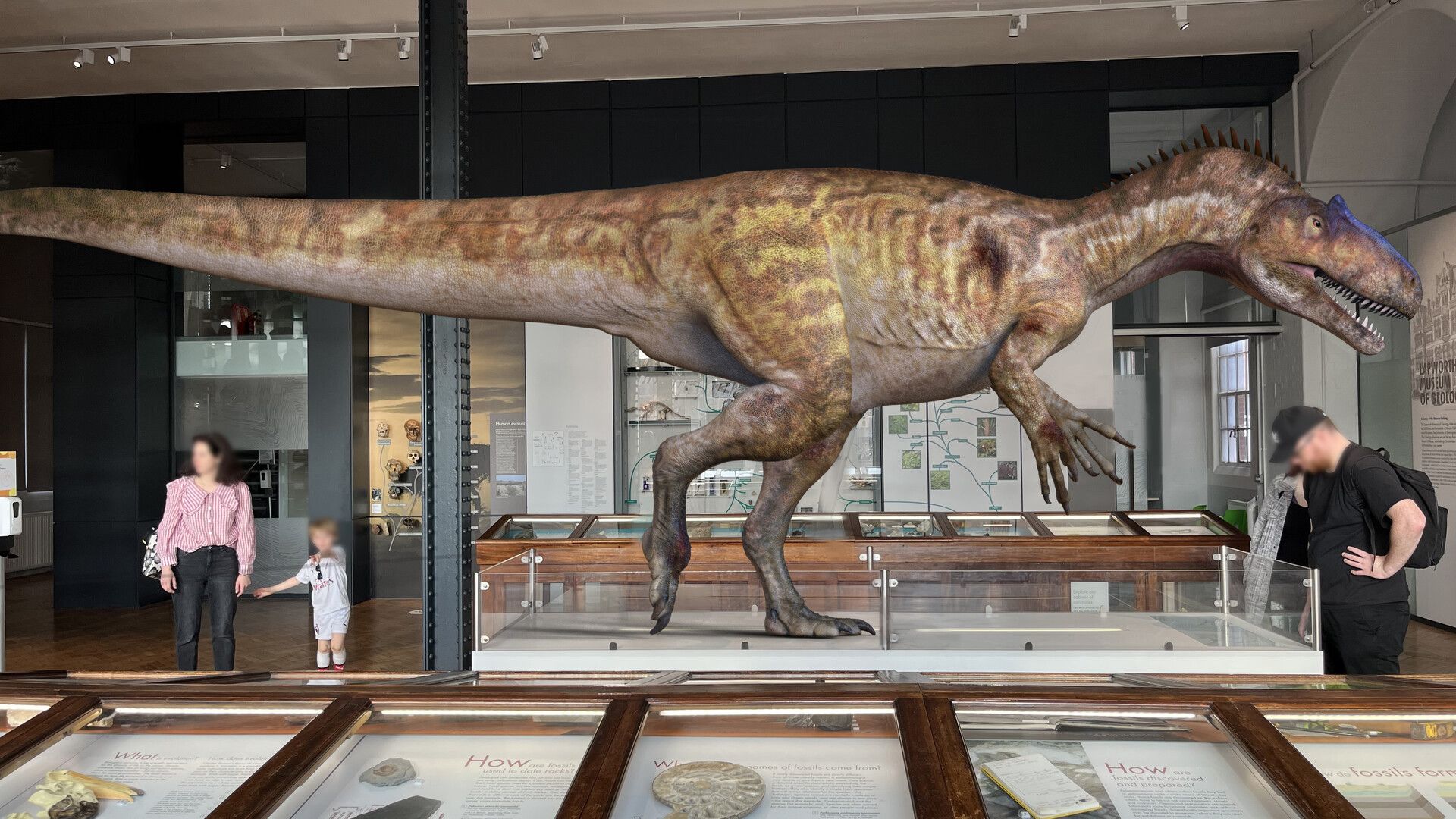
Dr. Larry D. Martin, senior curator of vertebrate paleontology at the University of Kansas Museum of Natural History: At that time, Allosaurus was unmatched in its ferocity. Allosaurus is really the first large carnivorous dinosaur ever found, and its skeleton is relatively intact. It was a Tyrannosaurus Rex before Tyrannosaurus Rex, both in terms of geologic time and when it was discovered.
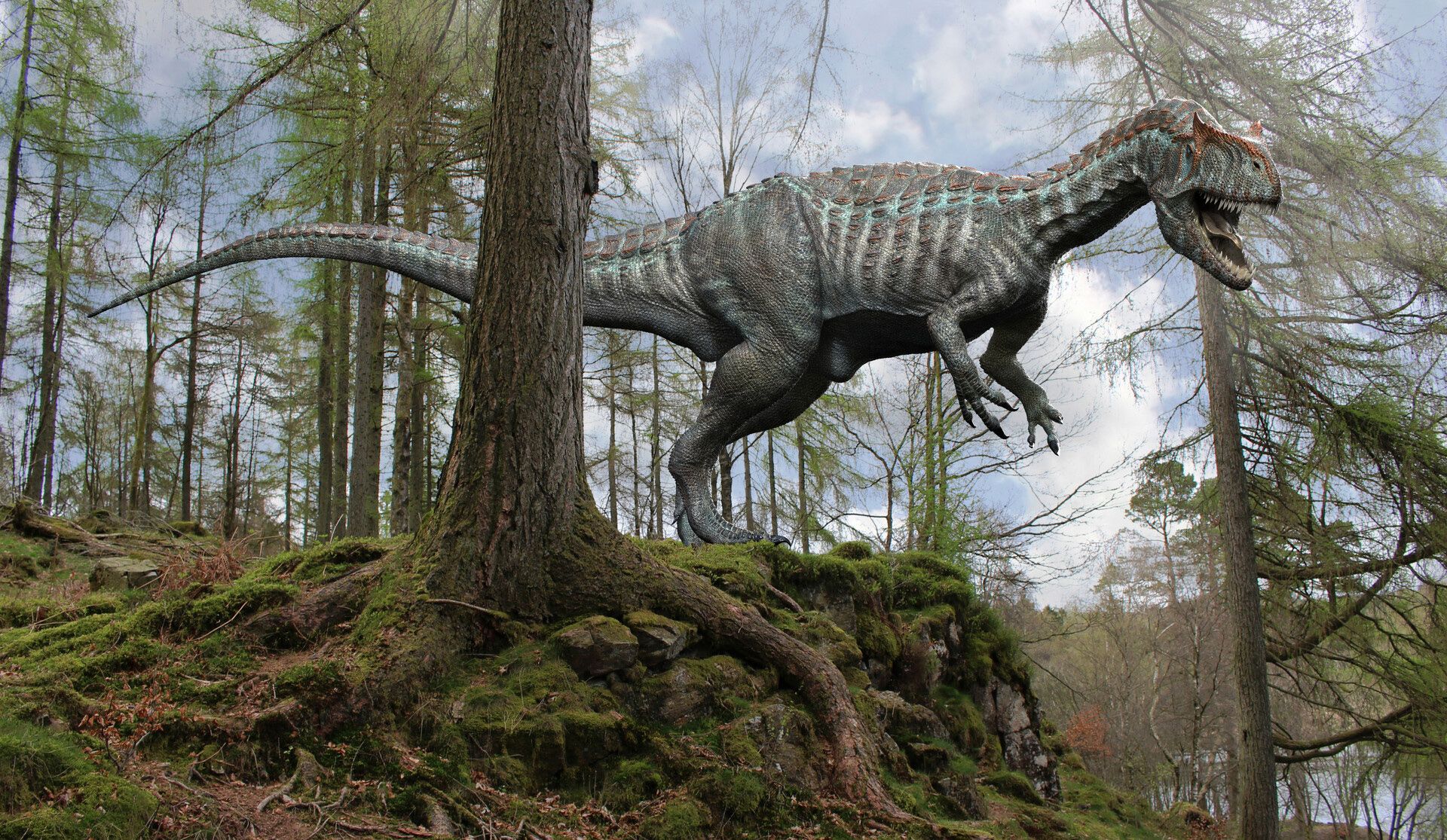
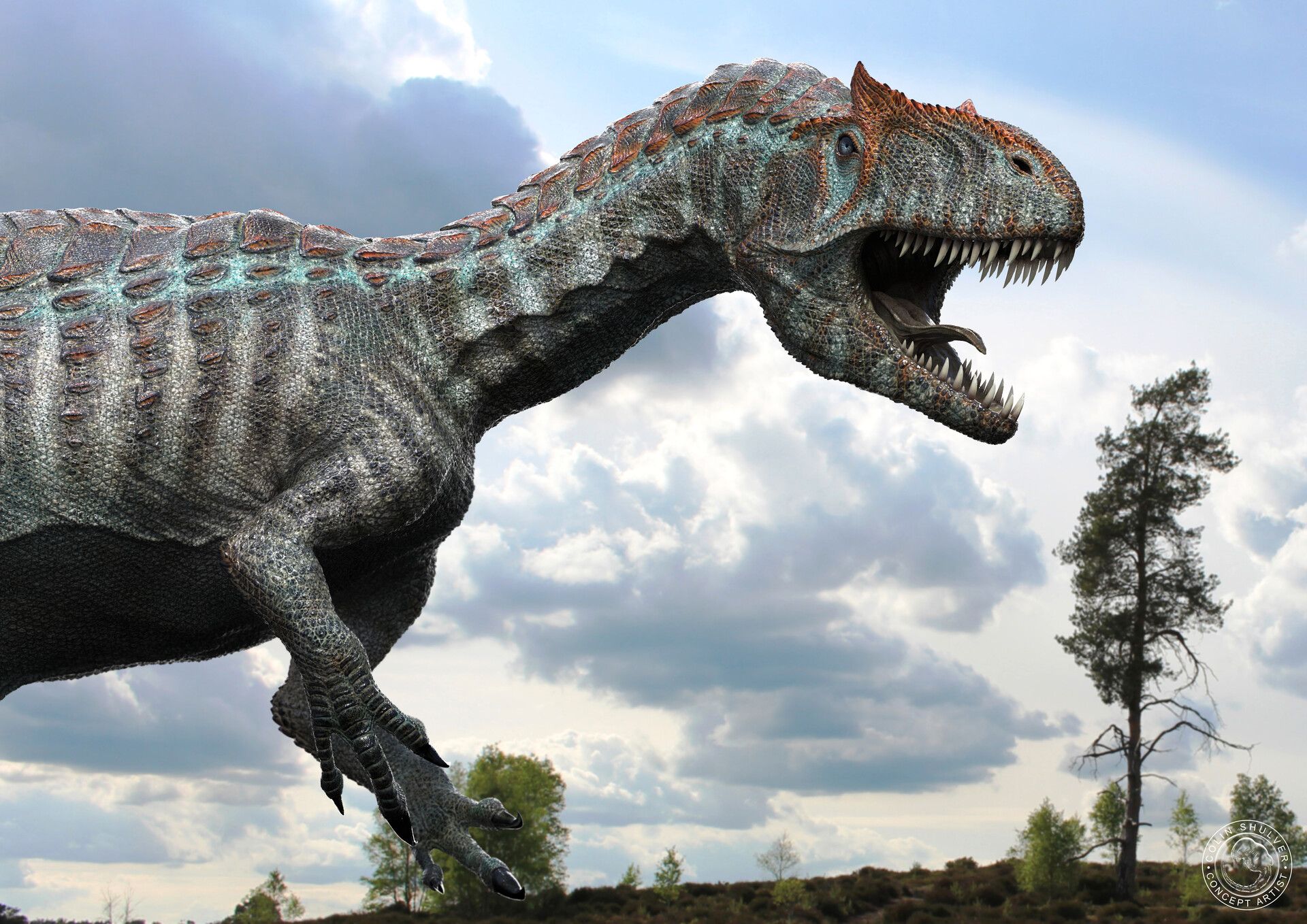
Dr. Thomas HOLTZ, VERTEBRate paleontOLOGIST, UNIVERSITY of Maryland: Allosaurus was very muscular and could hunt large herbivores, like the three-ton stegosaurus. Allosaurus was the top predator of its time, and it had a lot of very useful predatory qualities, powerful jaws, very sharp teeth. It had large claws on its forelimbs that were very effective at grabbing and tearing prey, so it had all the good qualities of a hunter in one.
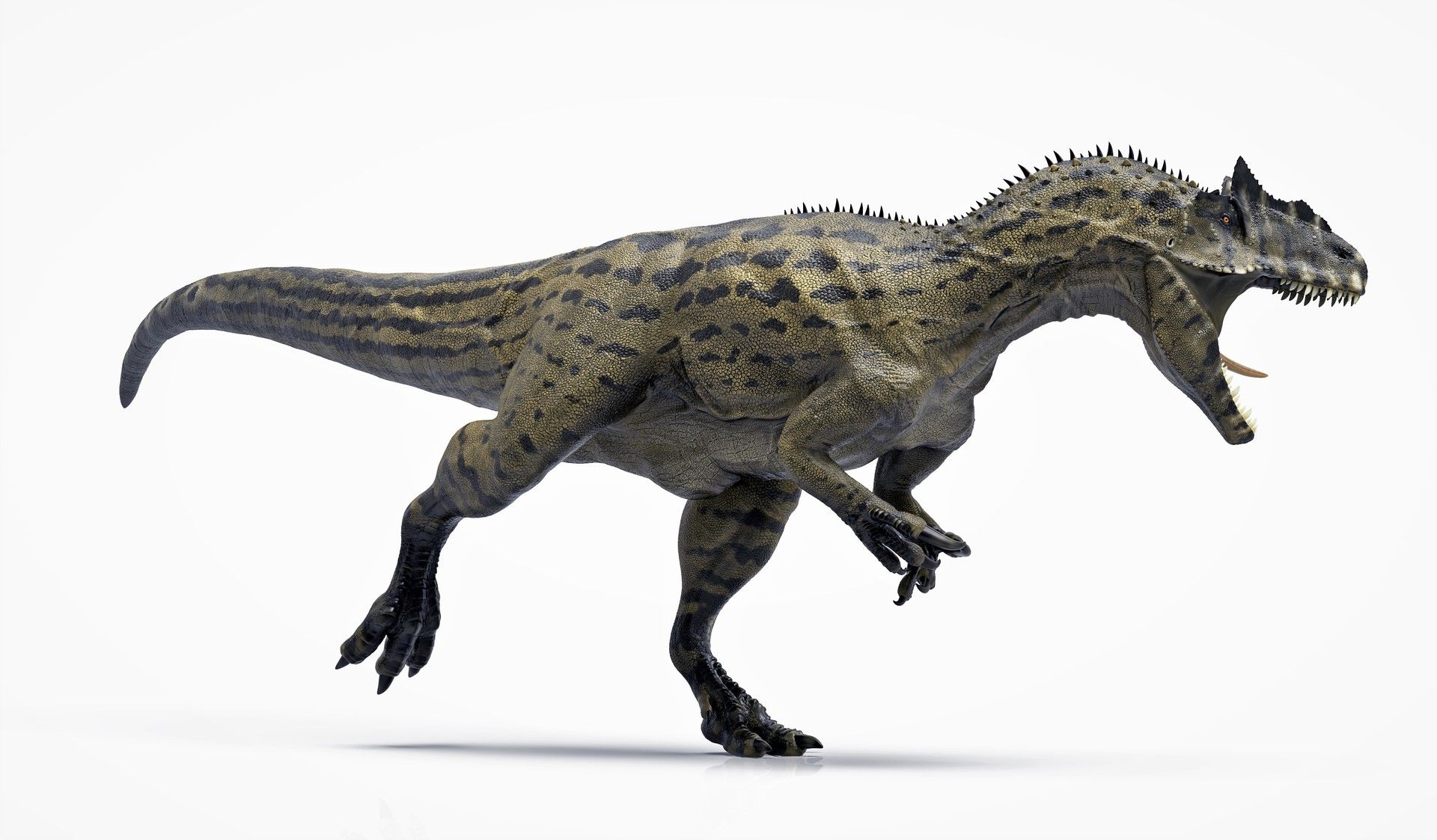
Allosaurus had the longest arms among the large predatory dinosaurs. Most predatory dinosaurs had short arms and were not very effective weapons. But Allosaurus was different. It had three huge claws on each of its forelimbs. You don’t have big claws to play the piano, you have big claws to rip the heads off.
Dr. Mark LOWEN, Research Associate at the Natural History Museum of Utah: I think the way to think about Allosaurus is that it’s a Wolf
Zoom it up to four tons, make it bipedal, replace it with long clawed arms like Edward Scissorhands, and then attach the head of an alligator to the carnivore.
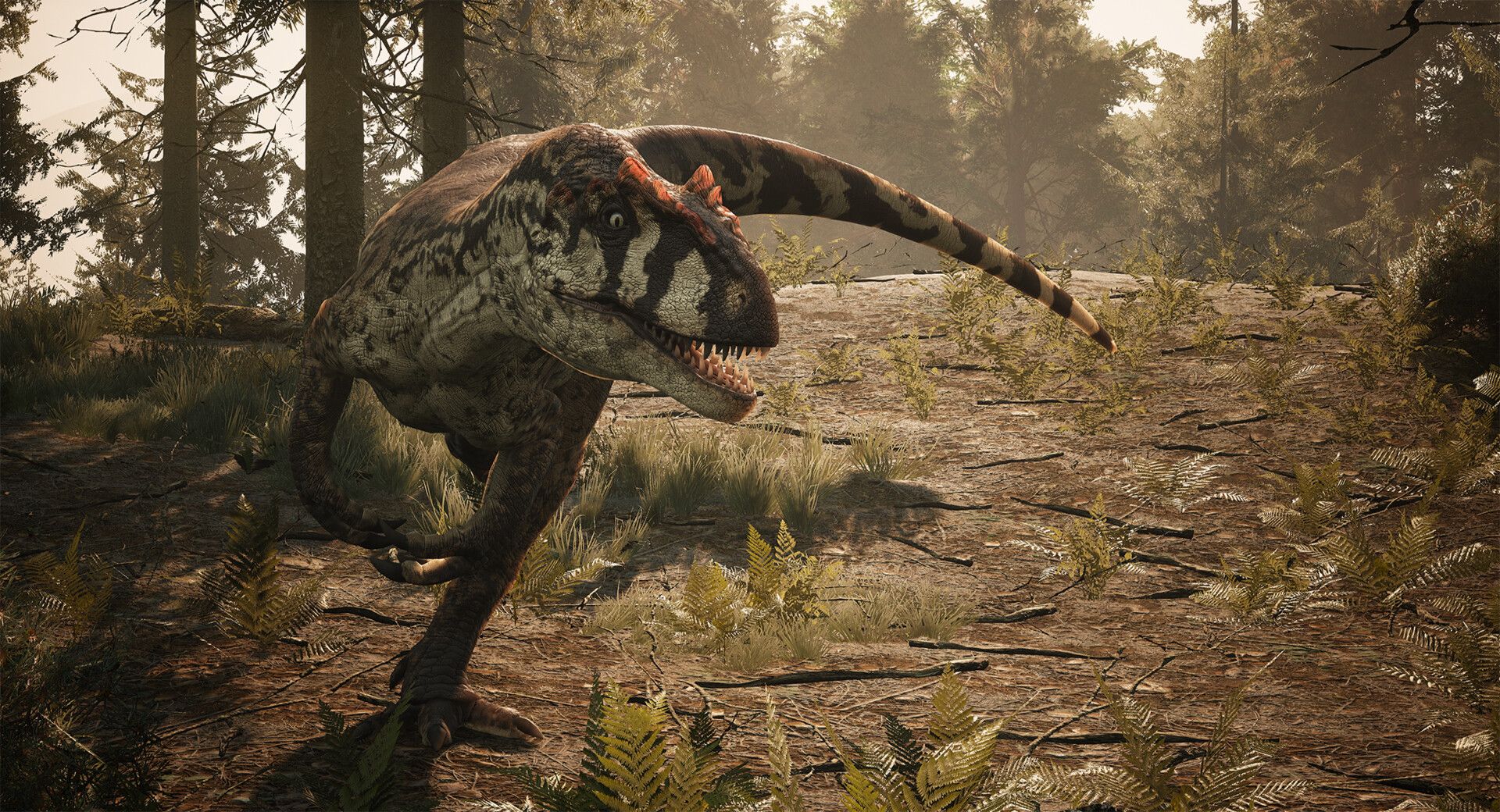
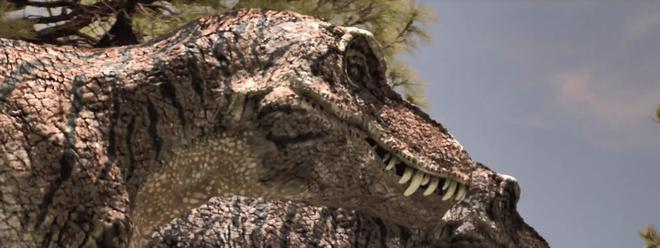
by artfty | Dec 4, 2022 | Paleontological Science
Dr. Lawrence M. WITMER, PROFESSOR OF ANATOMY AT Ohio UNIVERSITY: When the first intact Majungasaurus bone was found, one of the things that was obvious was this very complicated and rough looking bump on its head. We now know that many different dinosaurs, including many predatory dinosaurs, like Ceratosaurus, Allosaurus, and even some species of T-Rex, had various horn-like structures or projections on their heads.
Dr. Philip Curry, Professor of dinosaur Studies at the University of Alberta: I think that most of these theropod dinosaurs have display structures on their heads, and it probably has to do with the recognition mechanisms that these animals have, so that their potential male rivals can tell that there are other males pursuing their females, the ones they’re interested in or they can use it to tell the females that they’re the right age, that they’re interested in them.
These extreme features of Majungasaurus may also have something to do with its environment. If you have a small group of animals separated in a small area, then inbreeding between close relatives is inevitable, and over a long period of time and over many generations, we can see the variation caused by inbreeding.
In the case of Majungasaurus, we’ve found too few skeletons to be sure what the species looked like in general? But we can certainly speculate that because they lived on an island, they were isolated from other similar dinosaurs, and these ugly faces could be the result of that mutation.
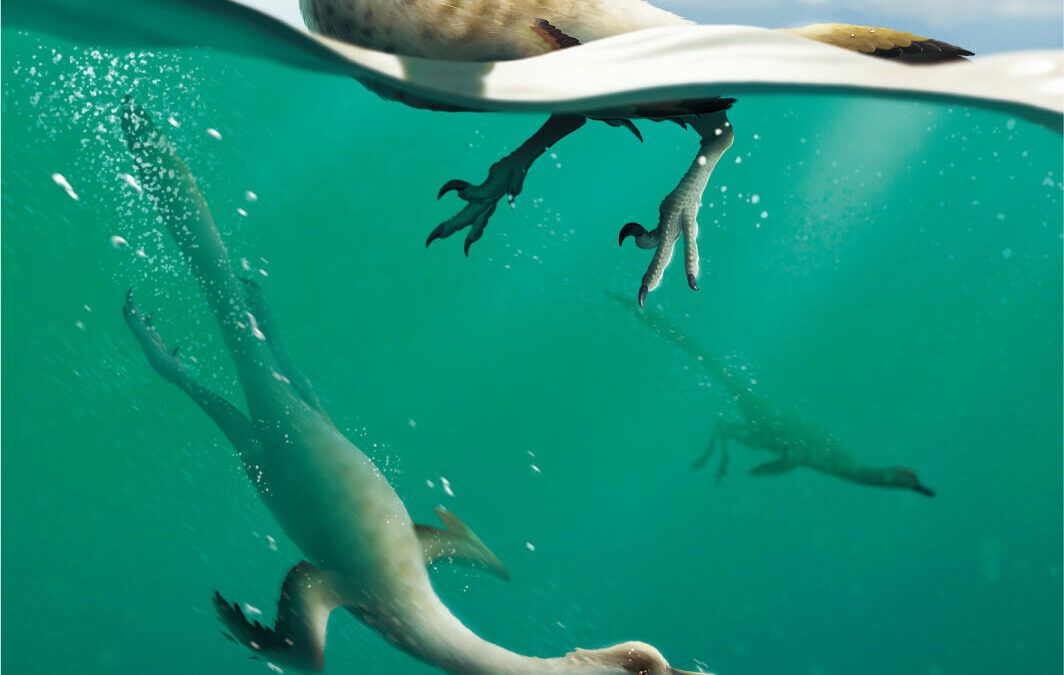
by artfty | Dec 4, 2022 | Paleontological Science
Science and Technology Daily reporter Zhang Mengran
An archaeological study published Tuesday in the journal Letters Biology describes a new species of dinosaur with a streamlined body shape similar to that of modern diving birds such as penguins and puffins. The discovery shows the first non-avian theropod dinosaur (that is, carnivorous dinosaurs that walked on two feet) with a streamlined body.
The Seoul National University team examined a sample of fossil remains to identify the new species, which has been named Natovenator polydontus, meaning ‘swimming hunter with many teeth’. The sample is a mostly intact skeleton consisting of a skull, spine, and the remains of one forelimb and two hind limbs.
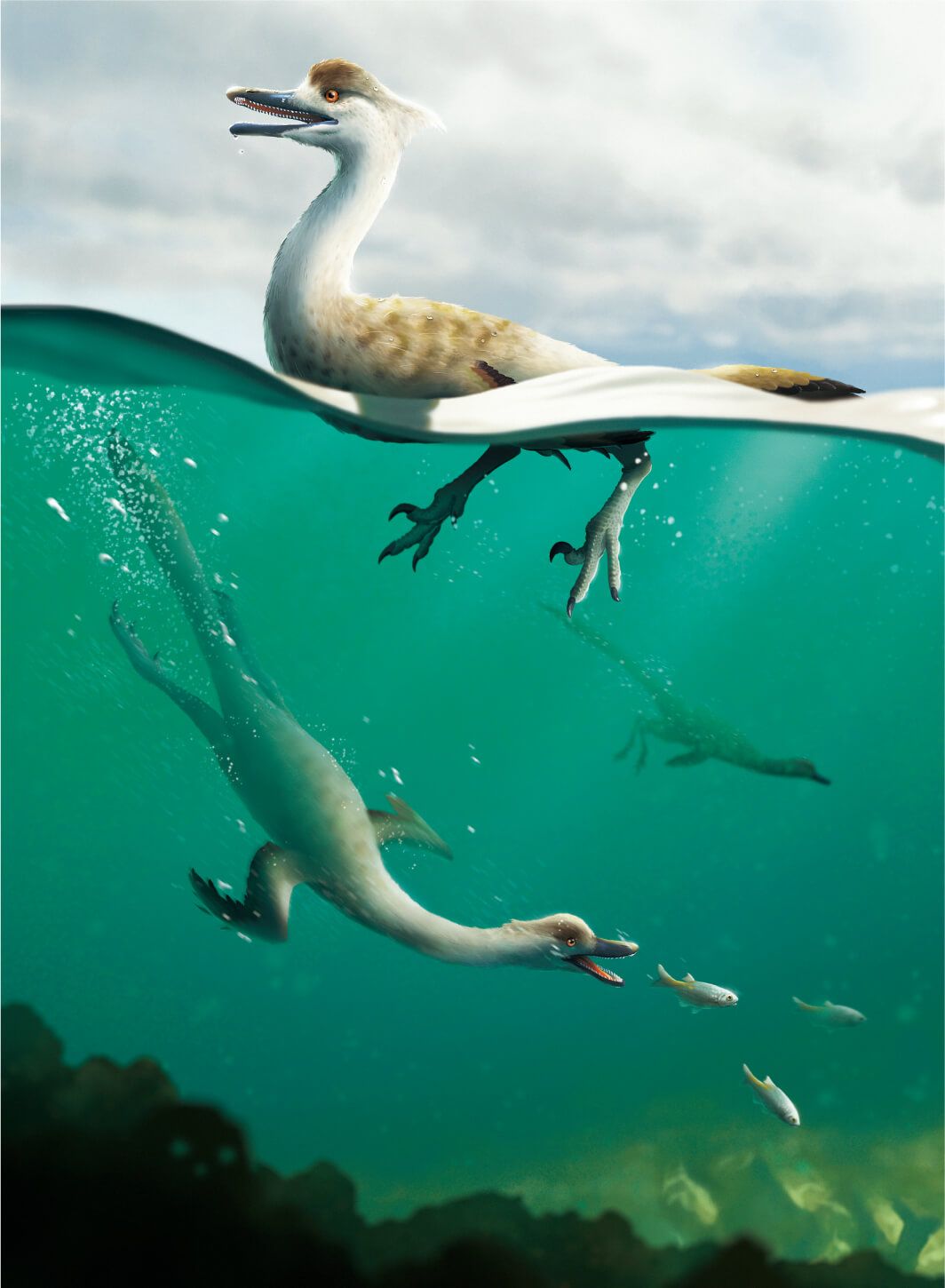
Reconstruction of a diving dinosaur. Photo: Communications Biology
The team reports several adaptations that suggest the “swimming hunter” dinosaurs may have been a semi-aquatic diving predator, including a streamlined body similar to that of modern diving birds (with ribs pointing toward the tail) and a long neck similar to that of modern water birds such as geese. These adaptations may have reduced the resistance the swimhunter encountered in the water, helping it to catch its prey.
The researchers also theorize that the swimhunter had an unusually large number of teeth for its jaw size, perhaps indicating a diet based on fish or insects, but further evidence (such as fossilized remains of stomach contents) is needed to confirm this. Analysis of the evolutionary relationship between the new species and other theropod dinosaurs suggests that it is related to Hazcaraptor, a class of non-bird theropod dinosaurs, which previous research suggested may have adapted to a semi-aquatic lifestyle, similar to today’s waterfowl.
Together, these findings suggest that the “swimming hunter” dragon was a semi-aquatic diving predator, providing more insight into the evolution of theropods.





 Sharkdon was featured in the documentary Resurrection of the Ancient Giants, but was killed by a Spinosaurus shortly after its appearance. It also makes an appearance in Planet of Dinosaurs. In the film, Shardonosaurus feeds on the tidal sauropods and the Dauntless sauropods, competing with the Emperor and Spinosaurus for prey. The film also shows two sharks fighting over territory. Given the latest developments, however, some of the plot is questionable, such as the fact that Spinosaurus was a semi-aquatic theropod, which was highly specialized in habitat and diet and therefore unlikely to have clashed with Sharkdon over food resources
Sharkdon was featured in the documentary Resurrection of the Ancient Giants, but was killed by a Spinosaurus shortly after its appearance. It also makes an appearance in Planet of Dinosaurs. In the film, Shardonosaurus feeds on the tidal sauropods and the Dauntless sauropods, competing with the Emperor and Spinosaurus for prey. The film also shows two sharks fighting over territory. Given the latest developments, however, some of the plot is questionable, such as the fact that Spinosaurus was a semi-aquatic theropod, which was highly specialized in habitat and diet and therefore unlikely to have clashed with Sharkdon over food resources


















